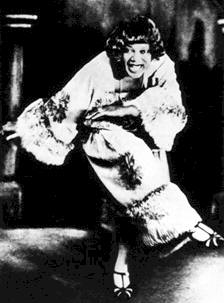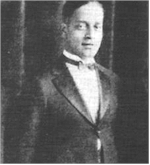The story of early blues from juke joints, traveling tent shows and the T.O.B.A. black vaudeville circuit —and from the shouters and boogie woogie piano players who made the music.
Bessie
Bessie Smith remains the undisputed queen of early blues singers. Clarinetist Buster Bailey talks about recording with the "Empress of the Blues"... "Bessie Smith was a kind of roughish sort of woman. She was good-hearted and big-hearted, and she liked to juice, and she liked to sing her blues slow. She didn’t want no fast stuff. She had a style of phrasing, what they used to call swing—she had a certain way she used to sing.
We didn’t have any rehearsals for Bessie’s records. She’d just go with us to the studio around Columbus Circle. None of us rehearsed the things we recorded with her. We’d just go to the studio; Fletcher (Henderson) would get the key. She might have something written out to remind her what the verse was but there was no music written on it. On a lot of the records by Bessie, you’ll see lyrics by Bessie Smith and music by George Brooks. That was Fletcher. We recorded by horn. We’d monkey around until we had a good balance and we’d make two or three takes.
For Bessie singing was just a living. She didn’t consider it anything special. She was certainly recognized among blue singers—a shouter they called her. They all respected her because she had a powerful pair of lungs. There were no microphones in those days. She could fill up Carnegie Hall, Madison Square Garden or a cabaret. She could fill it up from her muscle and she could last all night. There was none of this whispering jive.”




